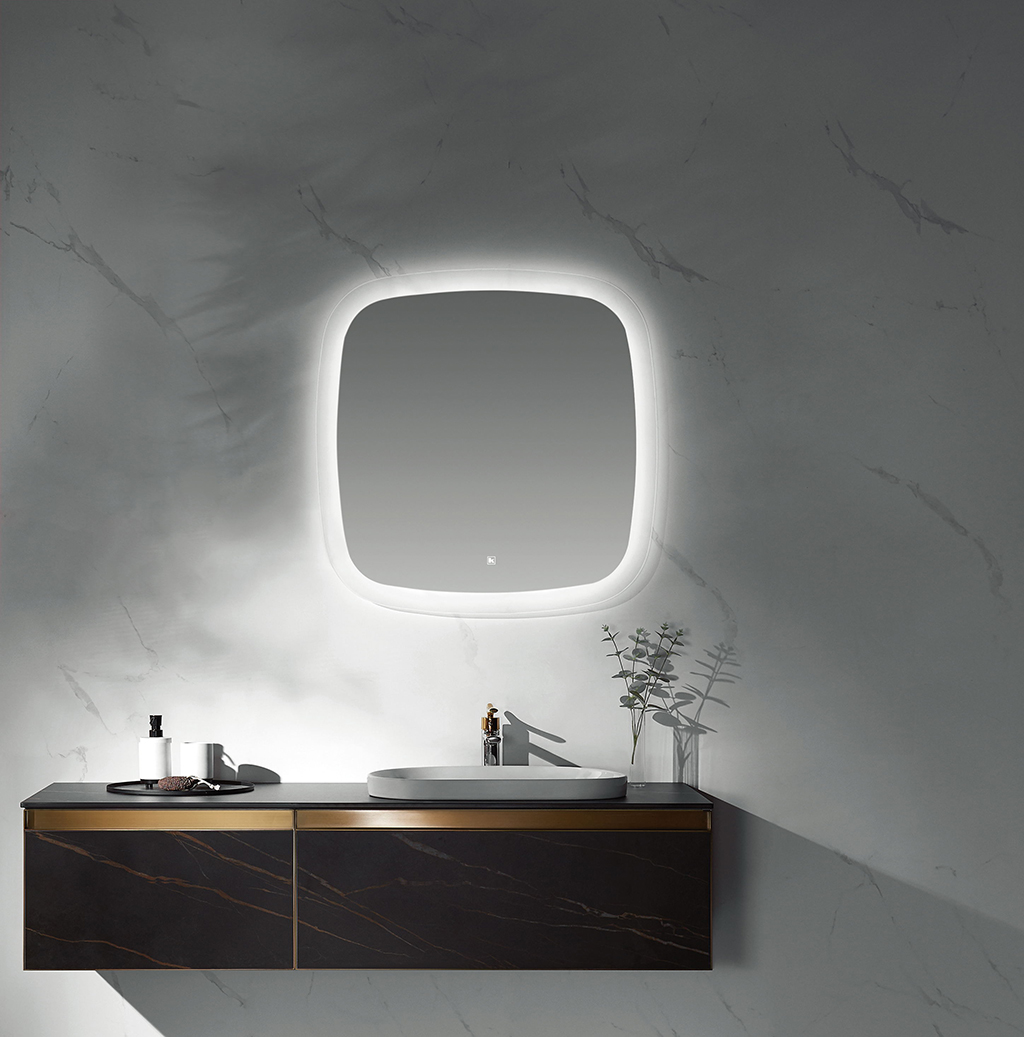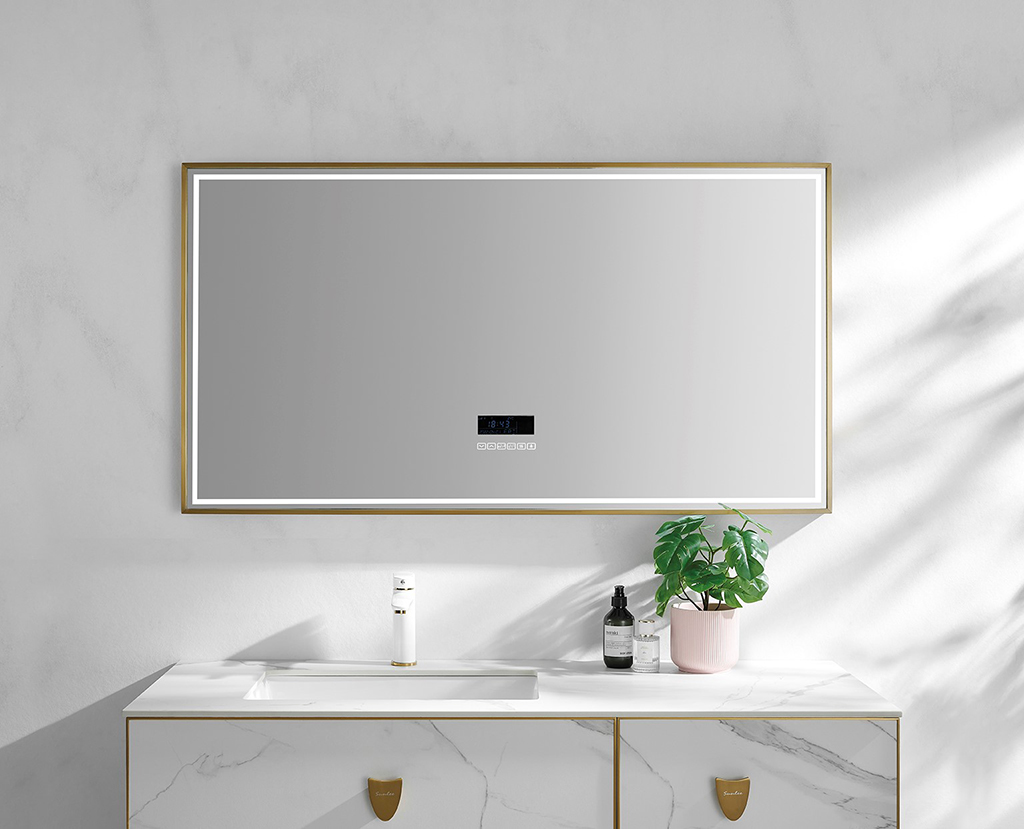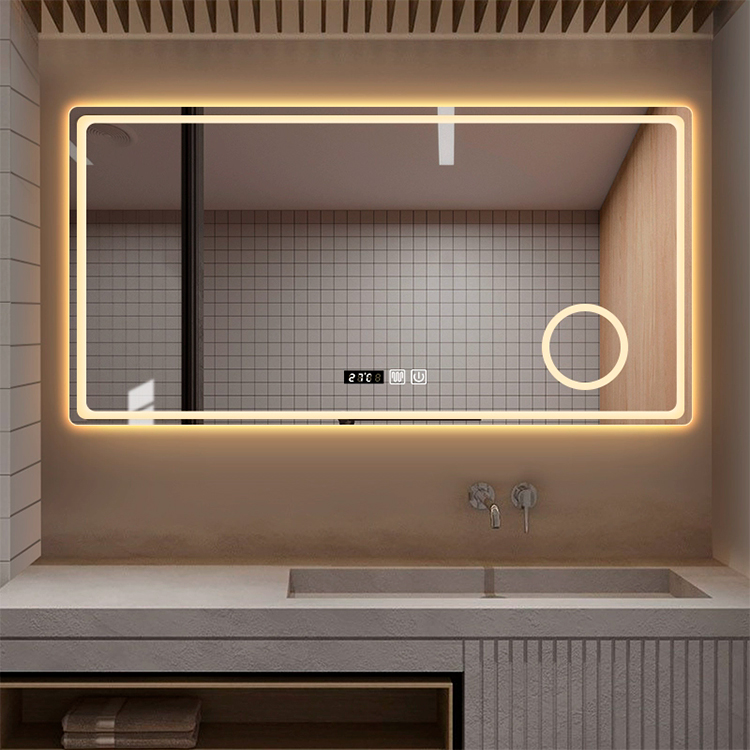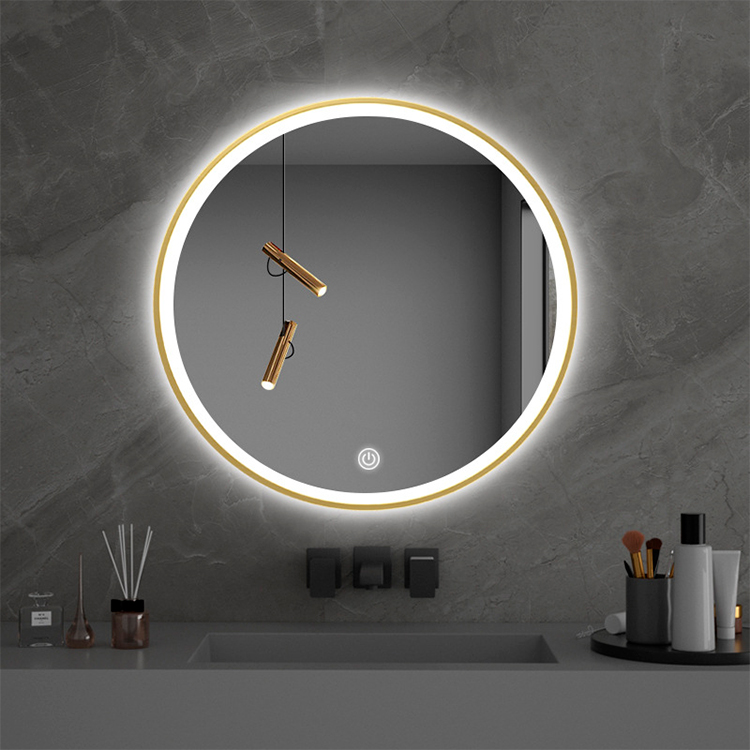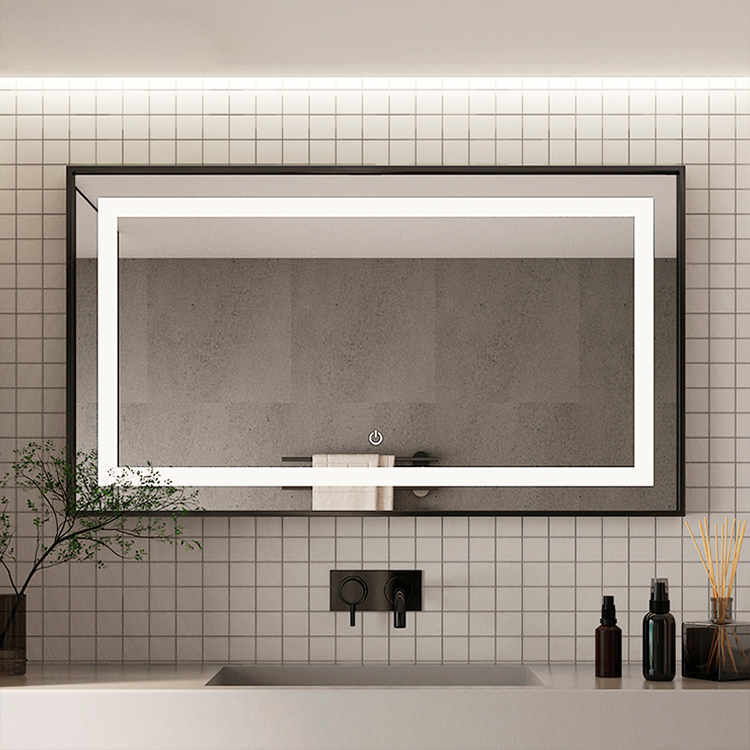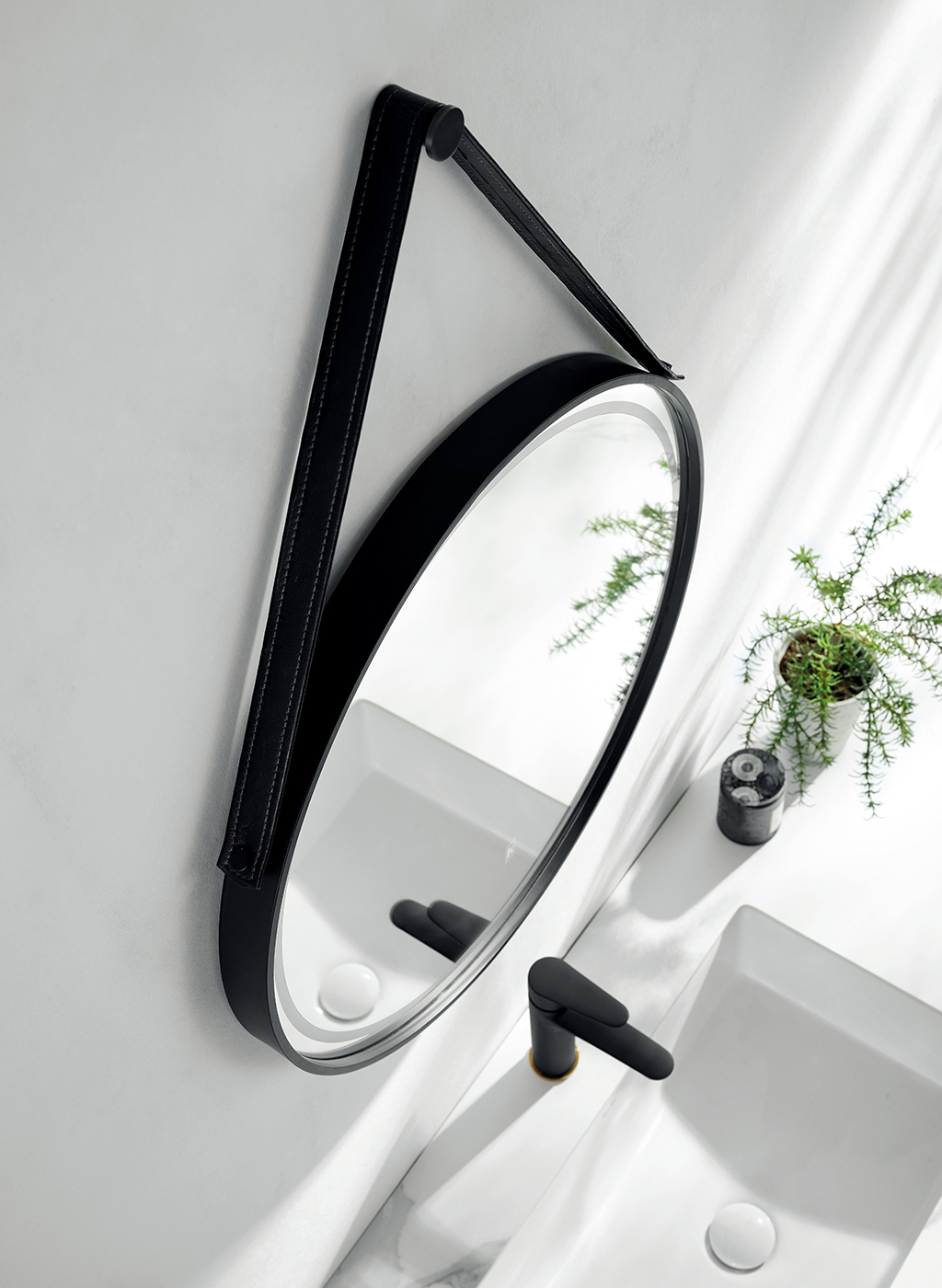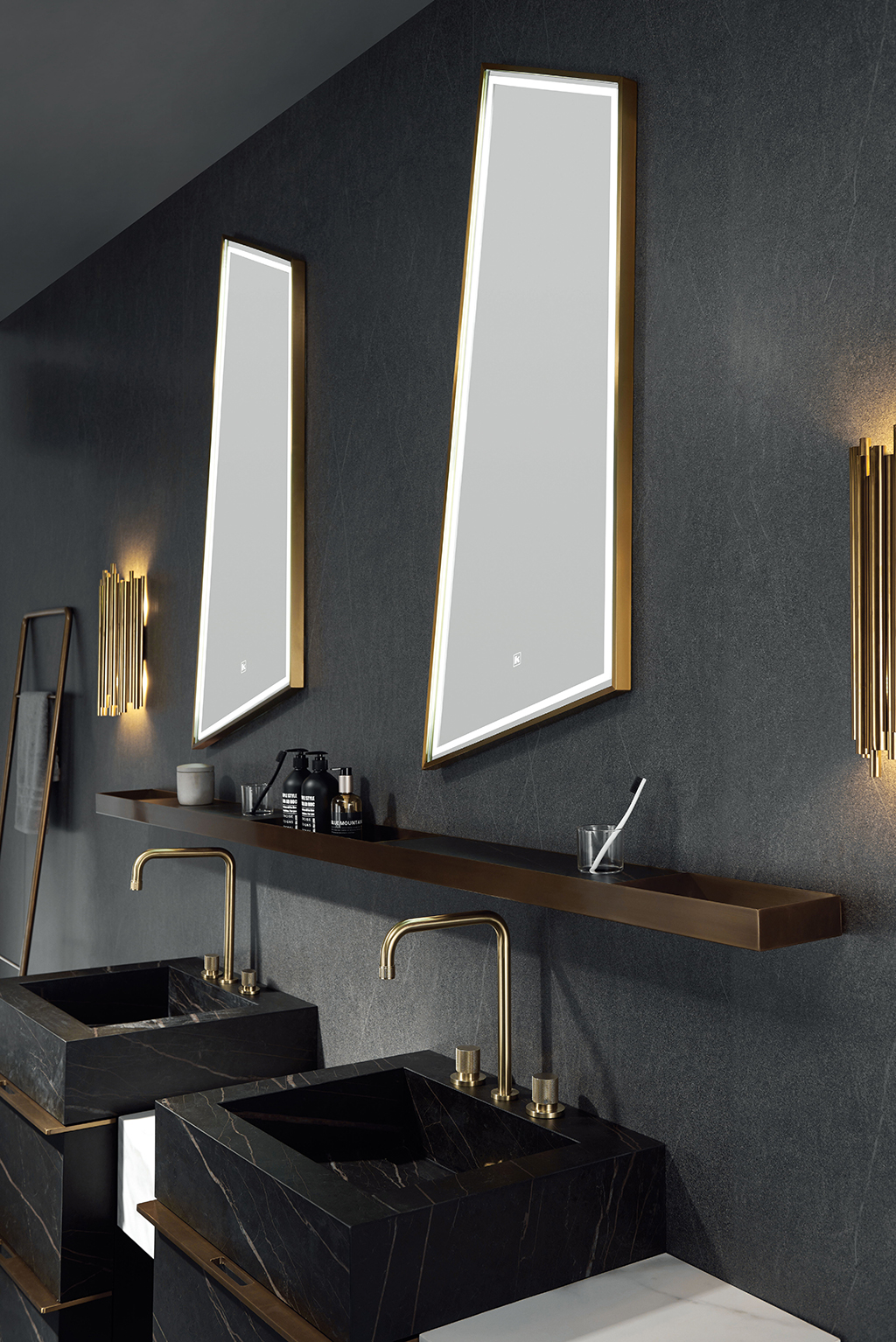A well-chosen bathroom mirror can transform any bathroom, adding both style and functionality to the space. From practical frameless options to decorative framed mirrors, there are a variety of choices that cater to different tastes, bathroom sizes, and budgets. Here’s an in-depth guide to help you choose the best bathroom mirror for your needs, covering popular types, styles, and helpful tips.
1. The Importance of the Right Bathroom Mirror
The bathroom mirror is one of the most important elements in a bathroom, serving not only as a tool for personal grooming but also as a design piece that can make a space feel larger and more inviting. Mirrors reflect light, create depth, and add personality to any room. Choosing the right bathroom mirror ensures that it complements other fixtures while fulfilling practical needs.
2. Types of Bathroom Mirrors
There are several types of bathroom mirrors to consider. Each type has unique characteristics suited to different spaces, styles, and user needs.
Frameless Bathroom Mirrors
Frameless bathroom mirrors are a popular choice in modern bathrooms. Their sleek, minimalist look works well in various styles and can make a small bathroom feel more open.
Pros: Clean lines, easy to clean, and fits well in modern and minimalist spaces.
Cons: Limited decorative value; may look too plain in some designs.
Framed Bathroom Mirrors
Framed mirrors add a decorative touch and come in a variety of styles, from rustic wood frames to sleek metal. They allow you to tie the mirror into the overall decor, matching it with fixtures and furniture.
Pros: Adds character, comes in many finishes and colors, and can suit both traditional and contemporary styles.
Cons: Frames may require additional cleaning, especially if they are intricate or textured.
Lighted Bathroom Mirrors
Lighted bathroom mirrors (also known as backlit or LED mirrors) are ideal for adding extra illumination around the mirror area, which is essential for makeup, shaving, and other grooming tasks.
Pros: Provides excellent lighting, adds a luxurious touch, and works well in modern bathrooms.
Cons: Requires electrical work, often higher in cost compared to standard mirrors.
Pivot Bathroom Mirrors
Pivot mirrors can be tilted up and down, making them ideal for households with different height requirements. They are also popular in traditional and vintage-inspired bathrooms.
Pros: Adjustable angles, adds charm, and suits vintage, rustic, and classic bathroom styles.
Cons: Limited design options, requires space on the wall for the pivot mechanism.
Cabinet Bathroom Mirrors
Bathroom mirror cabinets combine storage with a mirror, making them a smart choice for small bathrooms or those lacking storage space.
Pros: Provides extra storage, combines two essential elements in one, ideal for small bathrooms.
Cons: Bulkier, may be more difficult to install than other mirrors.
3. Selecting the Right Shape and Size for Your Bathroom Mirror
When choosing a bathroom mirror, the shape and size play a key role in the overall aesthetic and functionality of the space.
Popular Mirror Shapes:
Rectangular Mirrors: Traditional and versatile, rectangular mirrors fit well in most bathrooms.
Round Mirrors: Softens the space, adds elegance, and works well in modern or spa-inspired bathrooms.
Oval Mirrors: Similar to round mirrors, but with a slightly elongated shape that adds sophistication.
Square Mirrors: A contemporary choice that complements minimalist and modern bathrooms.
Custom-Shaped Mirrors: Custom shapes like arches, hexagons, and asymmetrical forms can make a bold statement.
Choosing the Right Size:
Single Vanity Mirrors: The mirror should ideally be a few inches narrower than the vanity for a balanced look.
Double Vanity Mirrors: For double sinks, you can either place two smaller mirrors above each sink or a single large mirror that spans the entire vanity width.
Full-Length Mirrors: If space allows, a full-length bathroom mirror provides a complete view and is especially useful in larger bathrooms.
4. Mirror Placement and Height
The placement and height of a bathroom mirror are essential for both functionality and style. Typically, the mirror should be centered above the vanity or sink, with the bottom edge around 5-10 inches above the sink. Ensure that it’s at a comfortable height for those who will be using it. In bathrooms with multiple users, consider a mirror that can be adjusted or positioned to suit everyone’s needs.
5. Style Tips: Matching Your Mirror with the Bathroom Decor
Your bathroom mirror should blend seamlessly with the decor and style of the bathroom. Consider the finishes and colors of the bathroom fixtures, as well as the overall theme. For instance:
Modern Bathrooms: Opt for frameless or backlit mirrors for a sleek, minimalistic look.
Farmhouse Bathrooms: Wood-framed mirrors add warmth and a rustic feel.
Luxury Bathrooms: Consider a large, ornate frame or an LED mirror for added sophistication.
Bohemian Bathrooms: Choose unique mirror shapes and eclectic frames, such as metal or textured wood.
6. Additional Features to Consider in Bathroom Mirrors
Beyond shape, size, and style, some bathroom mirrors come with additional features that can add to their functionality and convenience.
Built-In Storage:
Mirrors with built-in storage (like a cabinet mirror) are perfect for small spaces, as they provide extra room for toiletries and other essentials.
Anti-Fog Features:
Many high-end bathroom mirrors now come with anti-fog technology, which prevents condensation from forming on the mirror surface, especially useful in steamy bathrooms.
Magnification:
Magnifying mirrors are especially helpful for grooming tasks that require precision, such as shaving or makeup application.
Smart Mirrors:
For those looking to add modern tech to their bathroom, smart mirrors with features like Bluetooth speakers, touch control, and even weather updates are now available.
7. Tips for Cleaning and Maintaining Your Bathroom Mirror
Keeping your bathroom mirror clean and clear is essential for maintaining its function and appearance. Here are some tips for effective mirror care:
Use a Microfiber Cloth: Avoid scratches by using a microfiber cloth instead of rough materials.
Avoid Harsh Chemicals: Opt for vinegar or a mild glass cleaner instead of ammonia-based products, which can damage the mirror’s finish.
Wipe in Circular Motions: For a streak-free finish, wipe in circular motions and dry with a separate cloth.
Keep Away from Excess Moisture: If possible, ensure proper ventilation to reduce moisture buildup on the mirror, particularly if it’s framed in wood.
8. Budget Considerations for Your Bathroom Mirror
Bathroom mirrors come in a wide price range, from budget-friendly options to high-end, custom designs. Consider what features and styles are non-negotiable versus what might be a luxury. Framed mirrors and mirrors with lighting or anti-fog technology will generally be more expensive, so plan your budget accordingly.
Budget-Friendly Tips:
Opt for Frameless Designs: Frameless mirrors are often more affordable and versatile.
DIY Frame Options: Buy a frameless mirror and add a DIY frame to achieve a custom look at a lower cost.
Shop Sales: Look for seasonal sales, which often include discounts on home essentials like bathroom mirrors.
Conclusion
Choosing the right bathroom mirror involves balancing style, functionality, and budget. Whether you prefer a simple frameless mirror for a modern look, a statement framed mirror, or a high-tech LED mirror, there are options to suit every bathroom. By considering your specific needs, space constraints, and design goals, you’ll be able to select the perfect bathroom mirror that enhances both the functionality and beauty of your bathroom. With careful planning, the right mirror will not only fulfill its practical role but also elevate your bathroom into a stylish and inviting space.
READ MORE:










